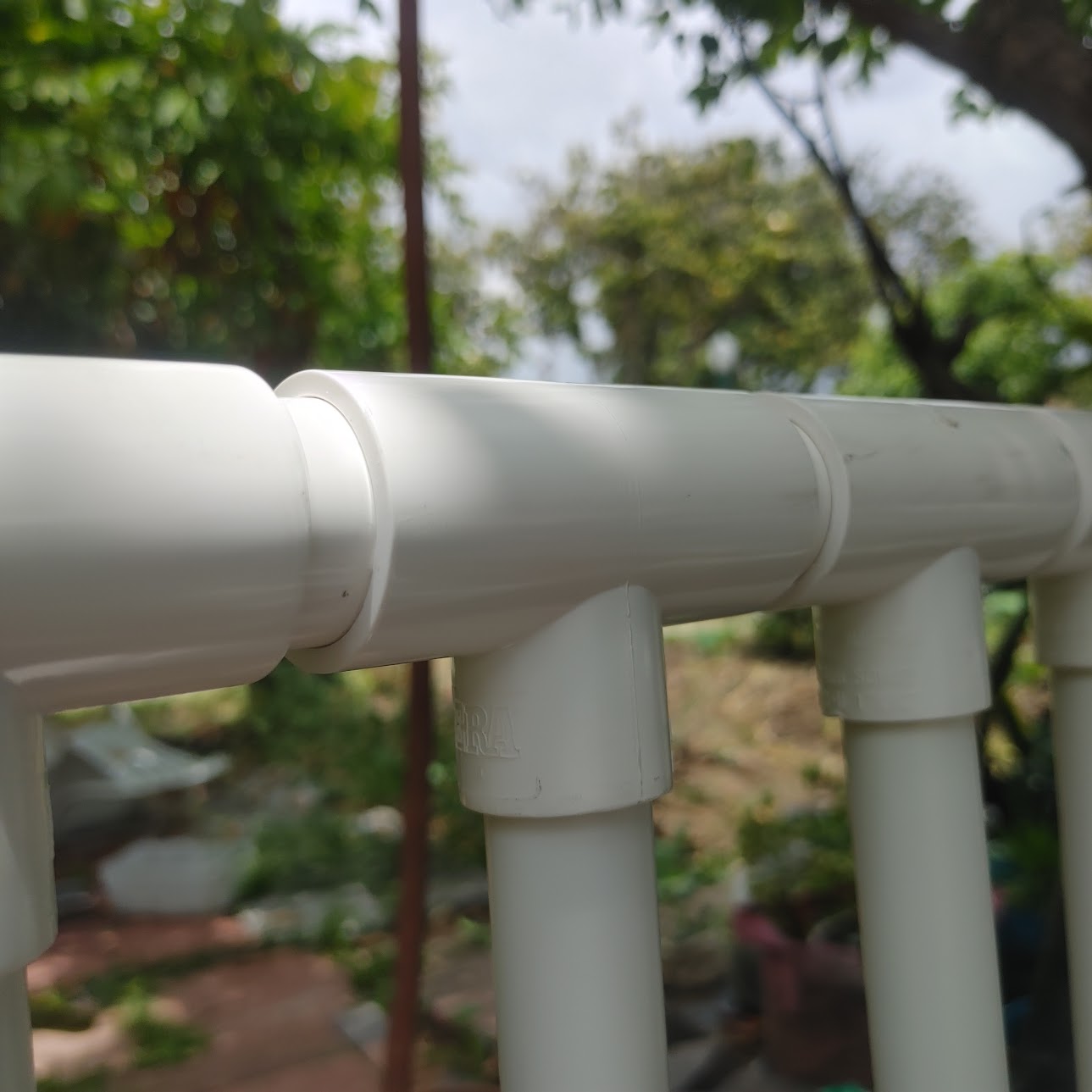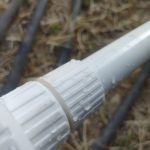There are several ways to connect PVC (Polyvinyl Chloride) pipes, depending on the specific needs of your project and the type of PVC pipes you are working with. Here are some common methods for connecting PVC pipes:
Solvent Cement: Solvent cement is the most common method for connecting PVC pipes. It involves using a specially formulated PVC cement, also known as PVC glue or pipe glue, which chemically bonds the pipes together. The process typically involves cleaning the pipe ends, applying primer (if required), applying solvent cement to both the pipe ends and fitting socket, and then joining them together. The cement creates a strong, leak-proof joint as it dries and cures.

Threaded Fittings: In some cases, PVC pipes may have threaded ends that allow for screwing in threaded fittings. Threaded connections are commonly used in low-pressure applications or where the pipes need to be easily disassembled. Teflon tape or thread sealant can be used to create a watertight seal between the threaded fittings and pipes.

Compression Fittings: Compression fittings are a convenient option for joining PVC pipes without the need for specialized tools or cement. These fittings consist of a compression nut, a compression ring, and a compression sleeve. The pipe is inserted into the fitting, and as the compression nut is tightened, it compresses the ring and sleeve against the pipe, creating a secure connection.

PVC Mechanical Joints: PVC mechanical joints, such as slip-joint couplings or repair couplings, provide a simple and flexible way to connect PVC pipes. These fittings typically have rubber gaskets that create a tight seal when the pipes are pushed together. They are commonly used for repairs, extensions, or situations where pipes need to be easily disconnected.
PVC Expansion Joints: Expansion joints are used to compensate for thermal expansion and contraction in PVC piping systems. They allow for movement and flexibility, preventing stress or damage to the pipes. Expansion joints consist of a flexible connector with multiple sections and are often used in large-scale or industrial applications.

Conclusion
It's important to note that the specific method of connecting PVC pipes may vary depending on the pipe size, pressure requirements, and local building codes. Always consult the manufacturer's guidelines and follow proper installation procedures to ensure secure and reliable connections.

